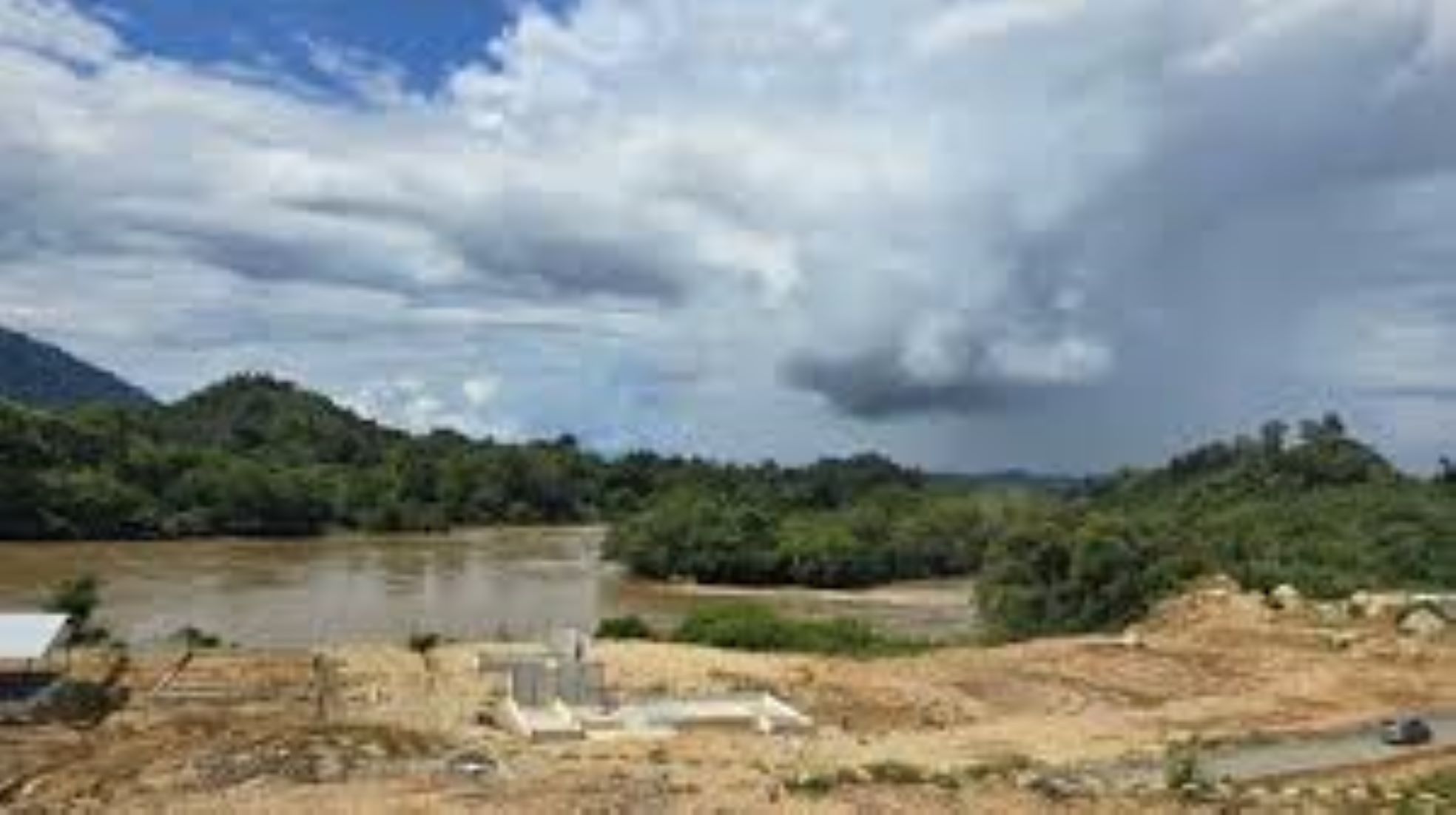TANJUNG SELOR, Indonesia, May 31 (NNN-ANTARA) – Accompanied by the sound of the Kayan River flowing by, workers were busy cutting iron and operating excavators to construct roads, drainage channels, and a dam, for Southeast Asia’s largest hydropower project, which has a capacity of 9,000 megawatts, located in North Kalimantan, Indonesia.
Kayan River is one of the biggest rivers on the island of Kalimantan, which originates from Mount Ukeng and flows for more than 500 km before emptying into the Sulawesi Sea.
The owner of this Kayan Cascade hydropower project is PT Kayan Hydro Energy, a domestic company, currently looking for investors to continue its big green energy mission, in line with the Indonesian government’s target of reaching 23 percent of the new renewable energy mix by 2025.
“This is not only a national accomplishment as the largest hydropower plant in Southeast Asia, but also contributes to the worldwide reduction of the greenhouse effect. This represents Indonesia’s global contribution,” said President Director of PT Kayan Hydro Energy, Andrew Suryali, at an event on the project yesterday.
Given its substantial capacity, the project is anticipated to play a significant role in supplying Indonesia with electricity and fostering sustainable economic development, Suryali said.
Having a total budget of 17.8 billion U.S. dollars, the project is planned to have five dams. Apart from generating electricity, the complex is projected to develop agriculture, plantations, forestry, irrigation and local tourism.
The first phase is currently under construction, with a capacity of 900 megawatts and is targeted for completion in 2029. The entire project is expected to be completed in 2035.
Executive of the Committee of PT Kayan Hydro Energy, Steven Kho, said, Kalimantan would need a huge amount of electrical energy, as a green industrial area was being prepared, and the country’s new capital, Nusantara, was being built. In July this year, President Joko Widodo plans to start his office in the new capital, and a number of civil servants will also be relocated from Jakarta to the archipelago.
“Our main consumer targets are industries and the new capital city. The rest is for exports,” said Kho.
Exploration with a number of partners from various countries is being carried out for the project.
“We are open to all partners, all investors, both domestic and foreign, as long as they agree on the quality characteristics of our concept which does not change the tropical forest ecosystem,” Kho added.
The construction of the first phase requires funds of around three to four billion U.S. dollars, according to Operations Director of PT Kayan Hydro Energy, Sapta Nugraha. “The dam or Cascade 1, will take up 270 hectares of land and the remaining 2,000 hectares will be for the river area,” he said.
Hashim Djojohadikusumo, an Indonesian businessman, who inspected the progress of the construction of Cascade 1, said, “So far I have only heard about the Kayan Cascade hydropower project, but today I am very impressed to see the significant development of this project,” he stated.
Hashim emphasised the importance of this project for the future of energy in Indonesia, especially in North Kalimantan.
President of the National Dayak Traditional Council, Marthin Billa, said, the construction of this hydropower plant was a great momentum to advance his region. He is confident that the thousands of workers who will come will colour North Kalimantan and advance the social economy of the local community.
Likewise, Governor of North Kalimantan, Zainal Arifin Paliwang, said, the project will not only provide a clean and sustainable energy source, but will also encourage local economic growth and provide great benefits for the surrounding community.
“This will become an icon of Indonesia’s green energy and we are committed to mitigating the social and environmental impacts of this project,” said Paliwang.– NNN-ANTARA






